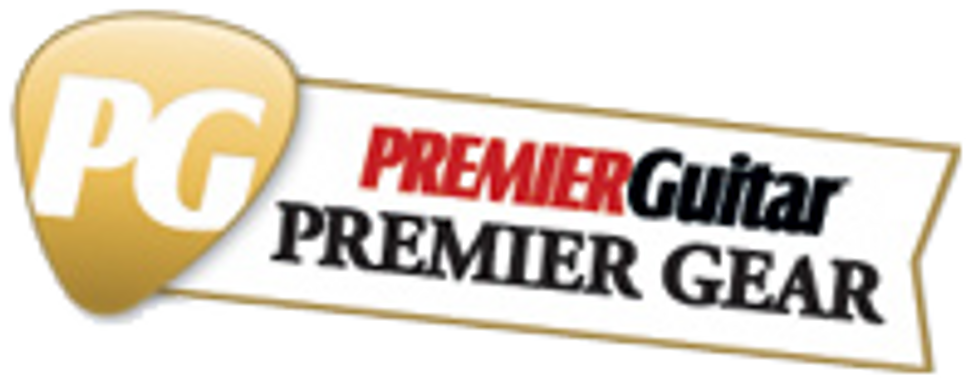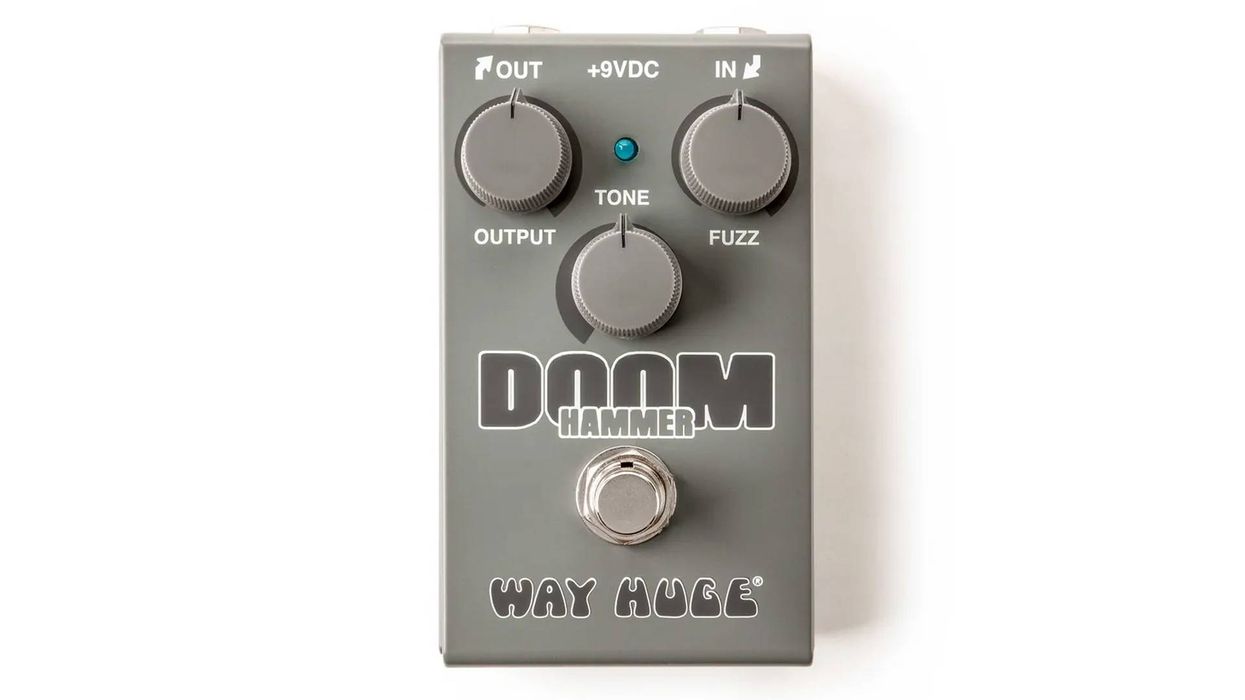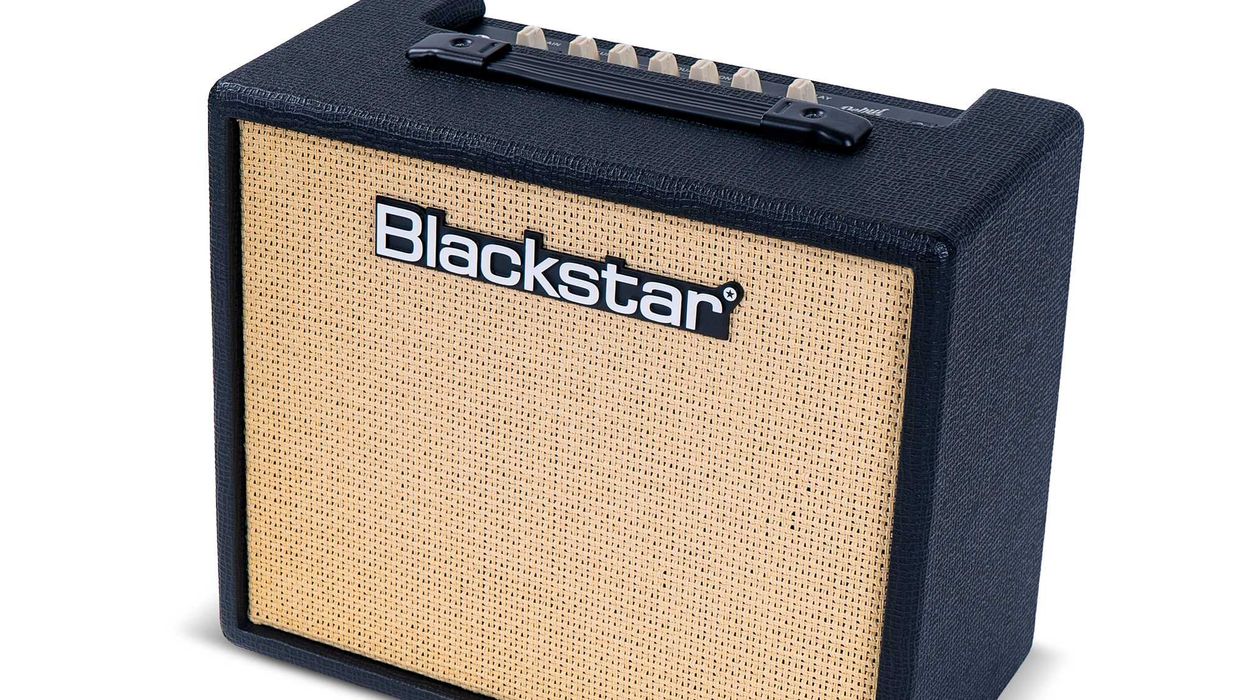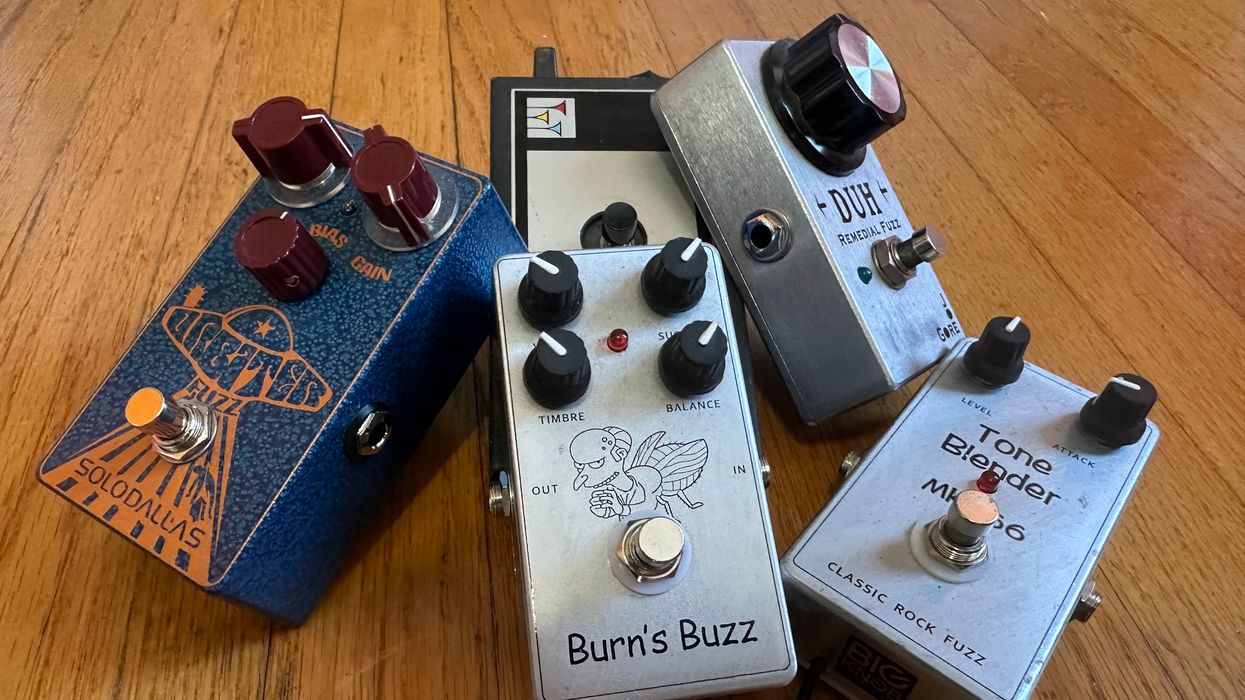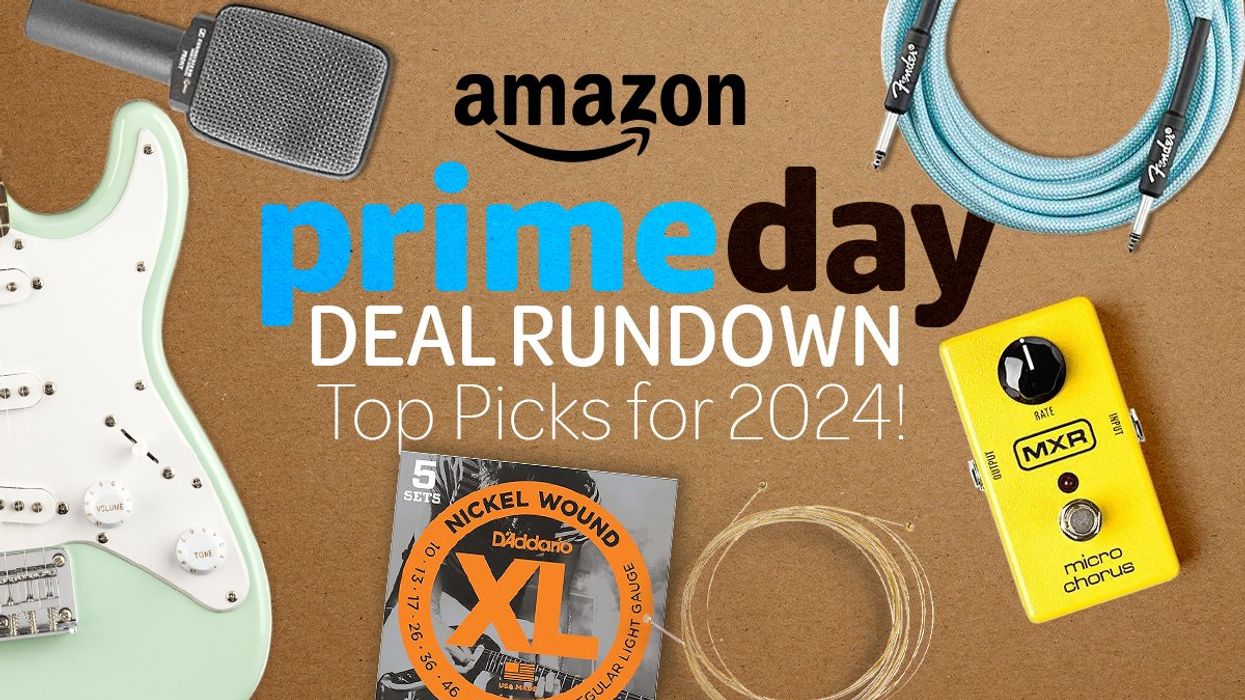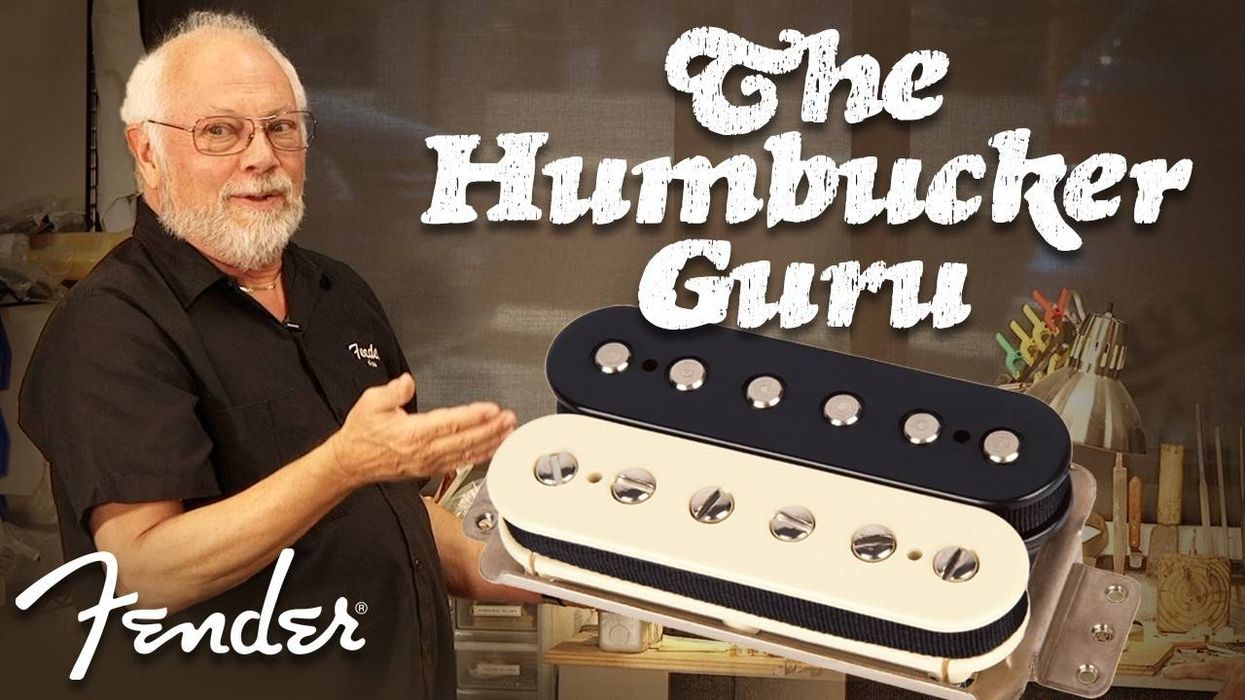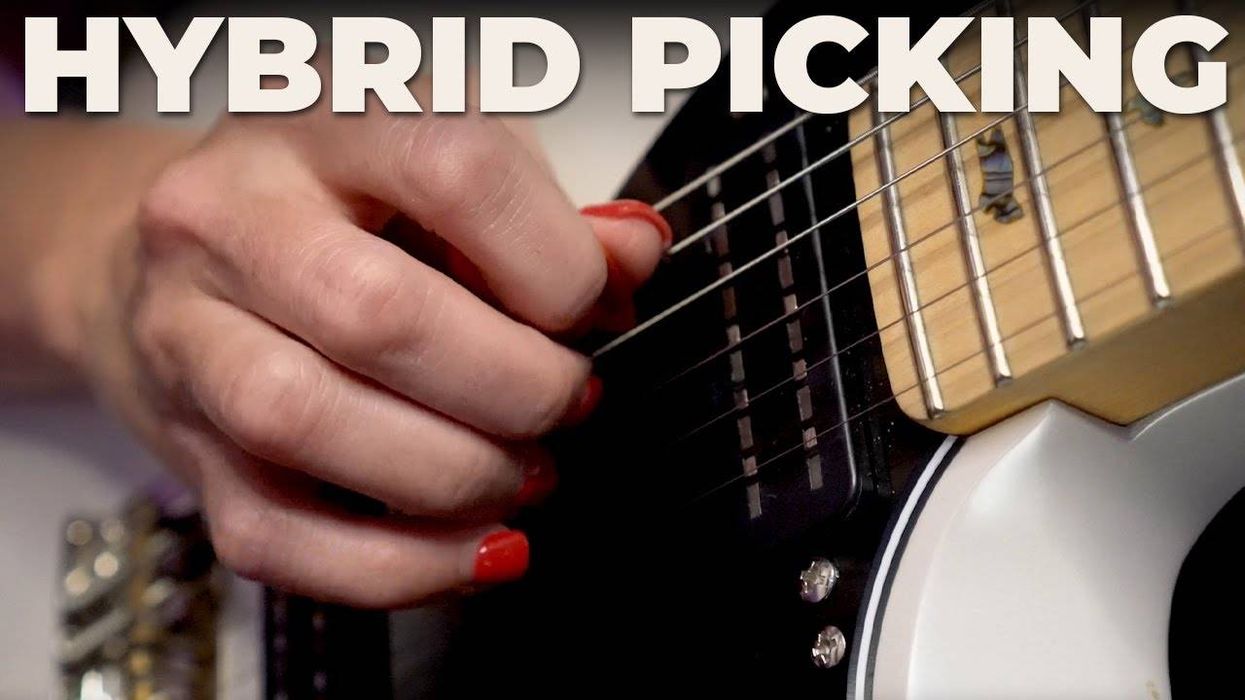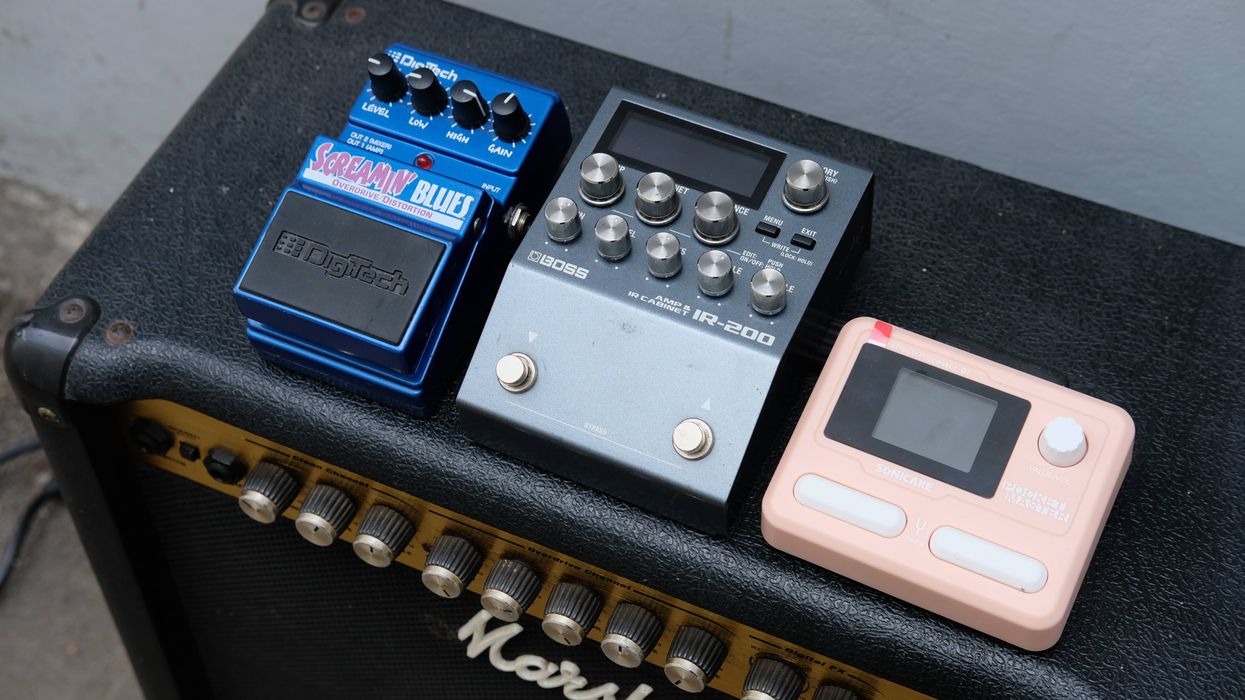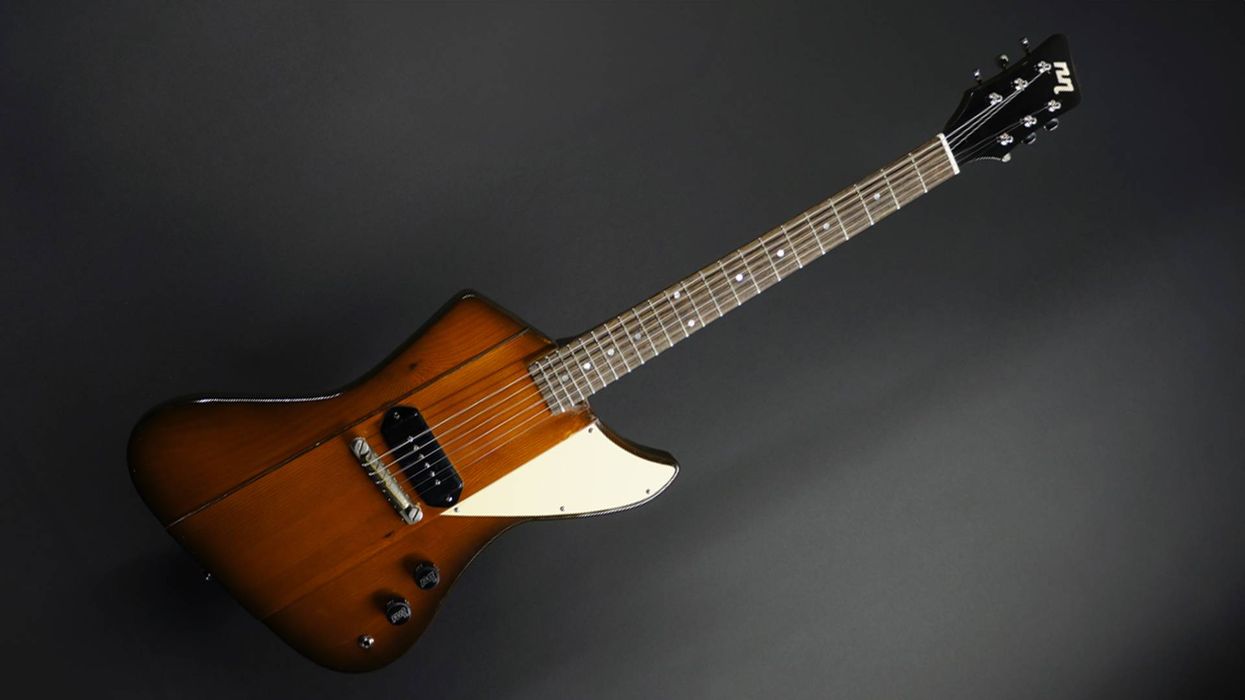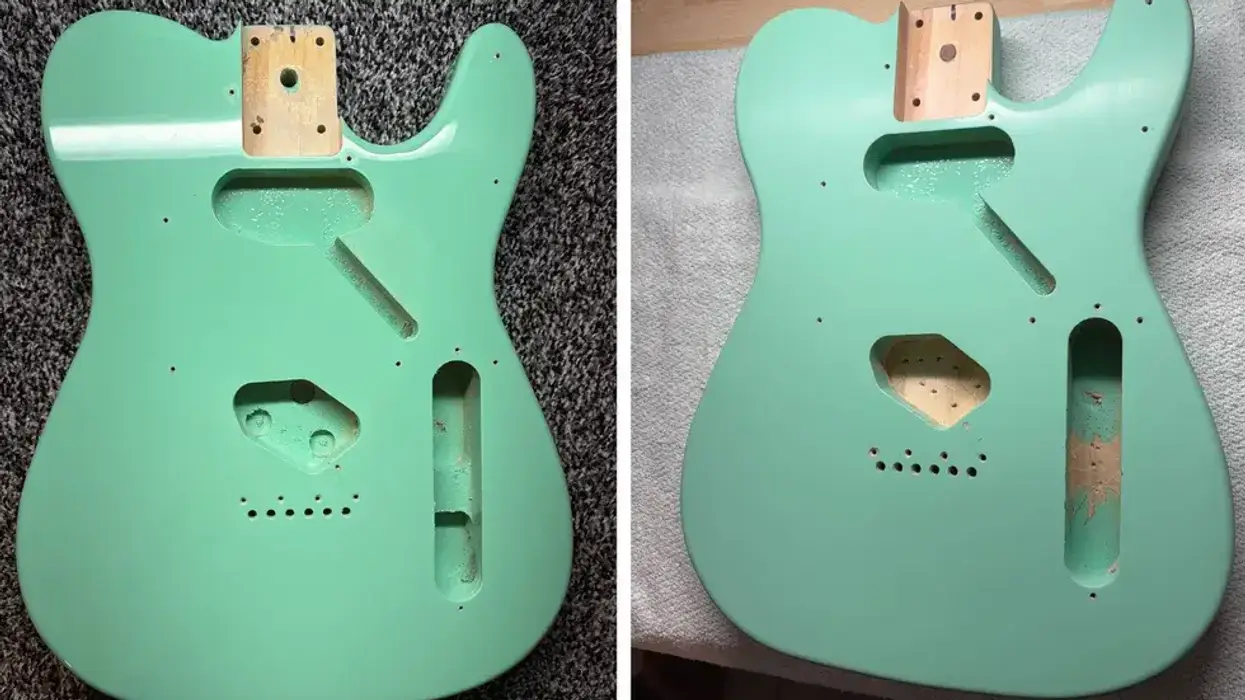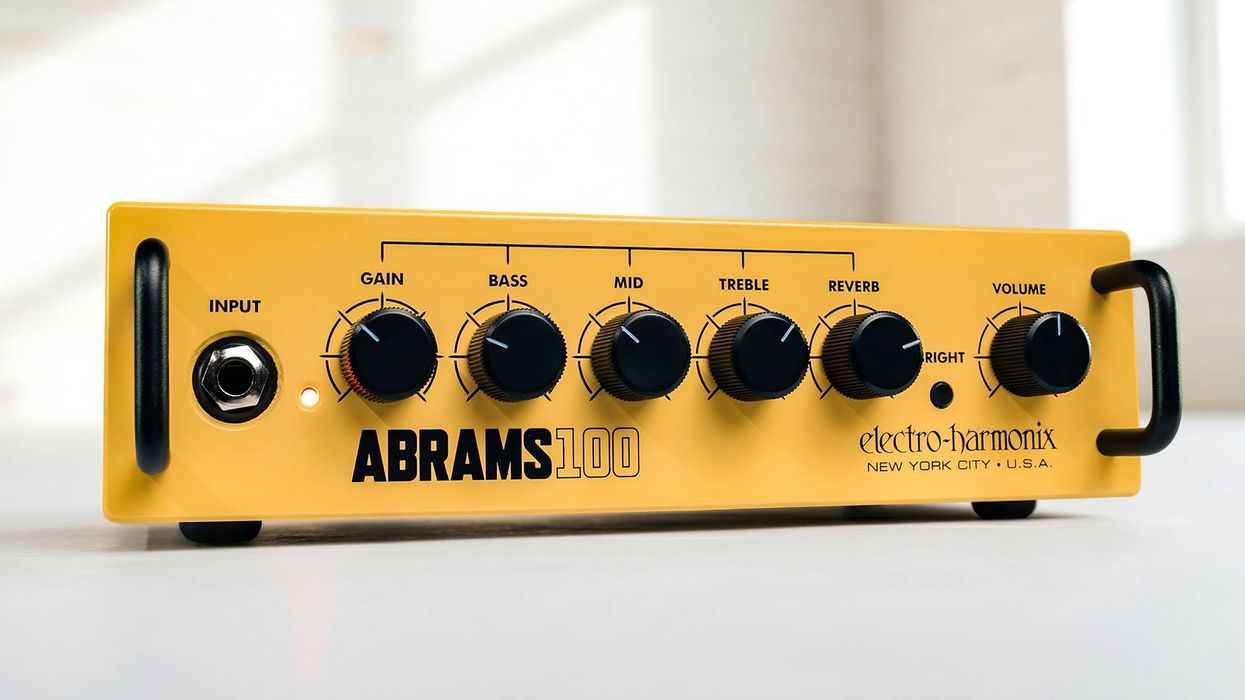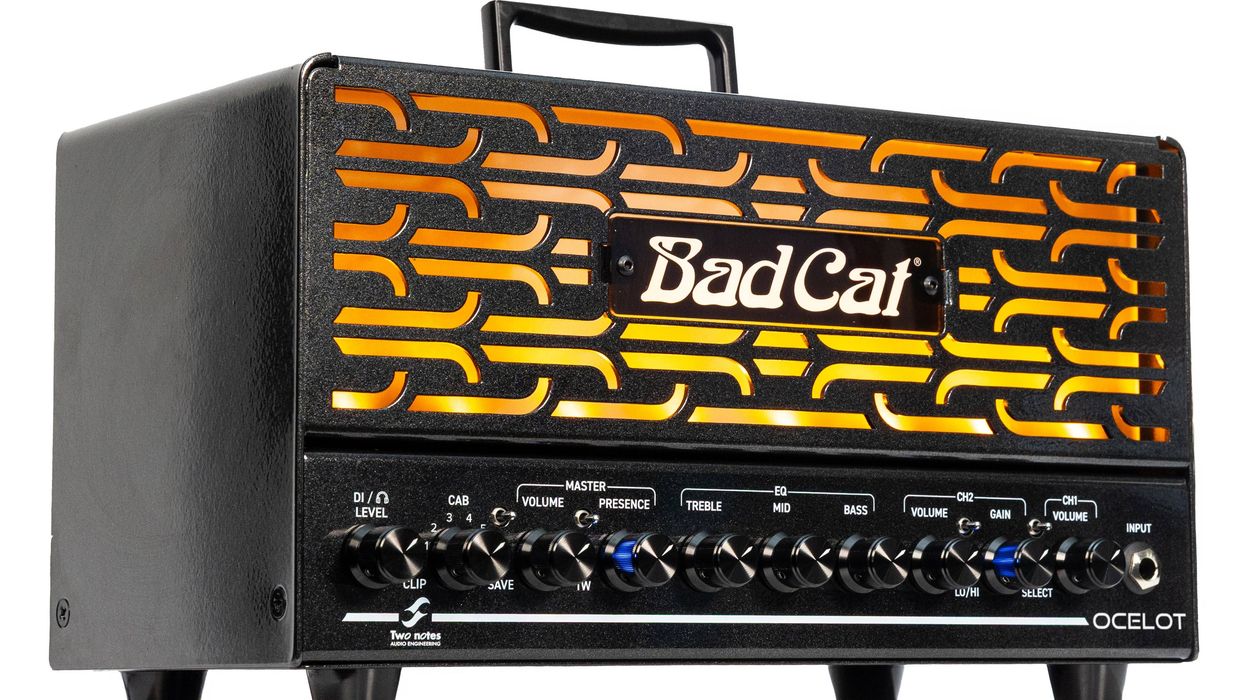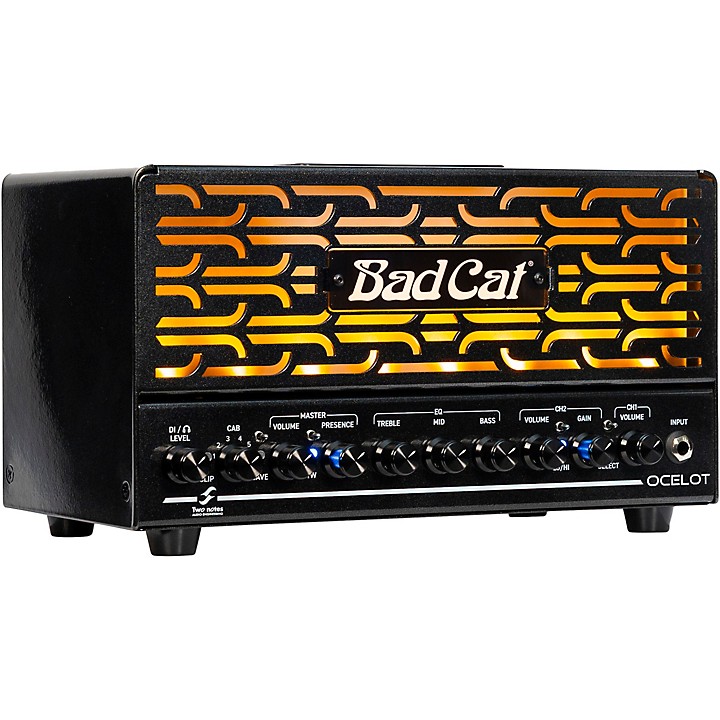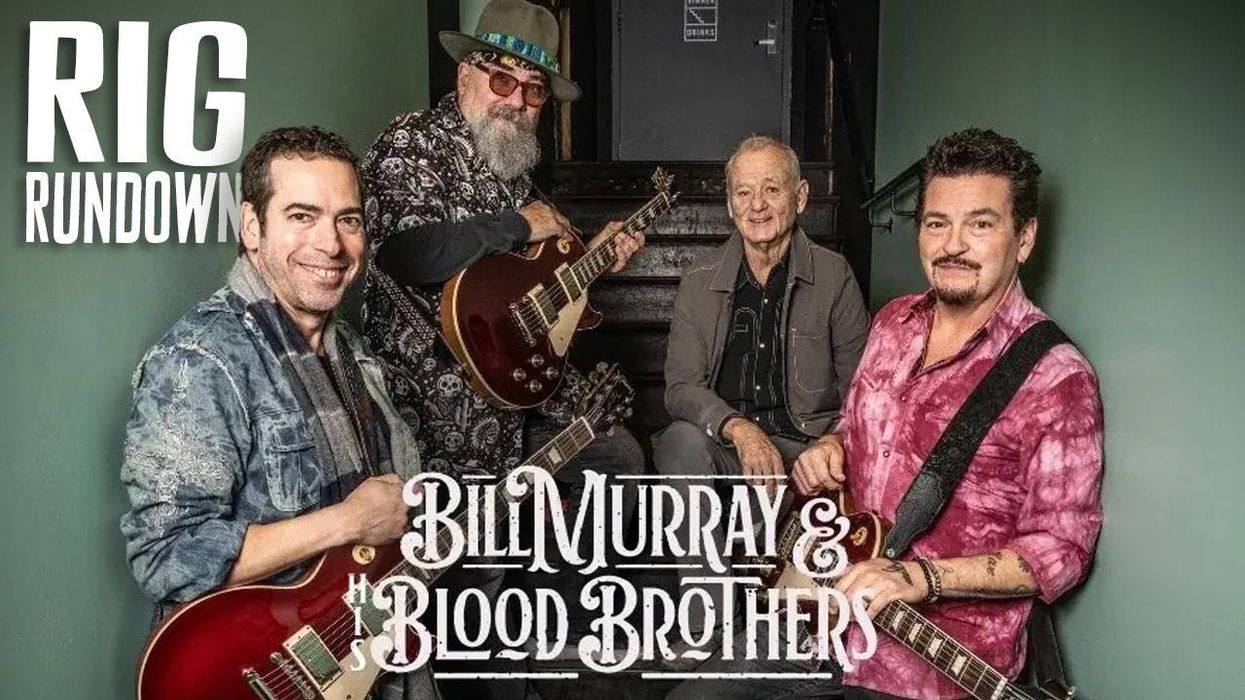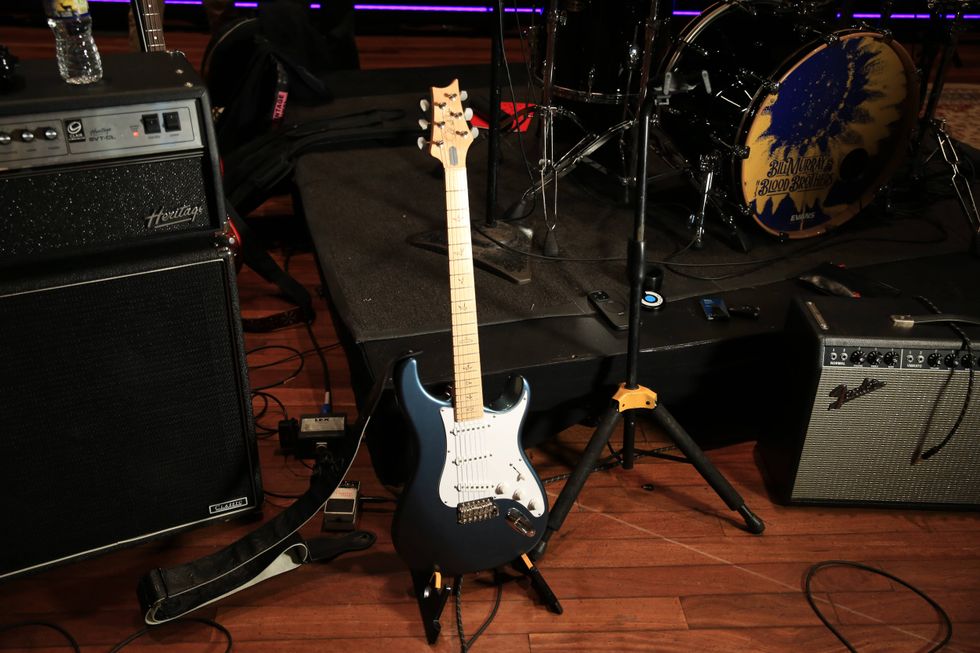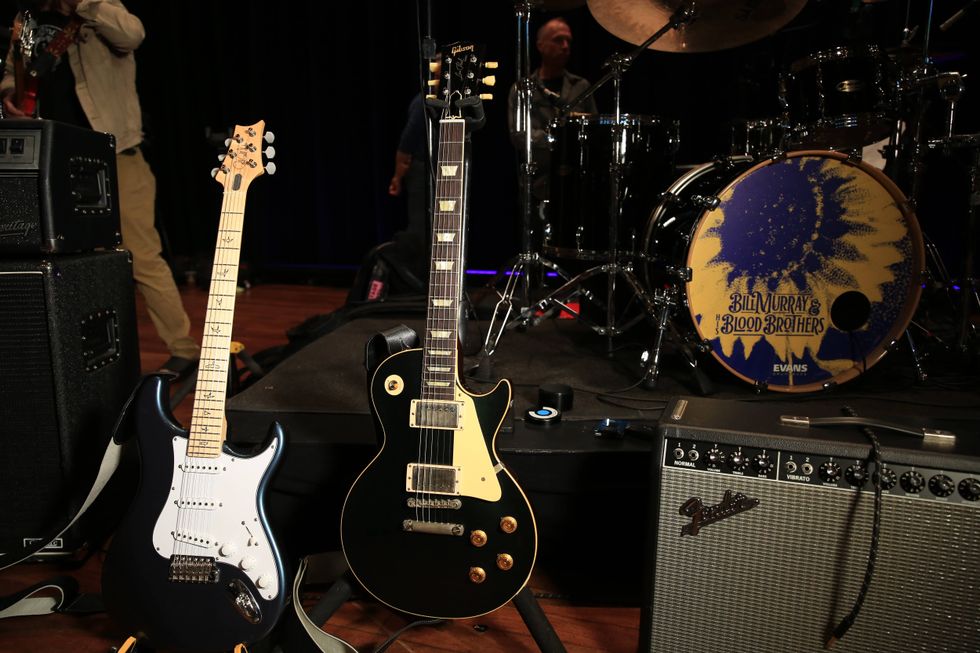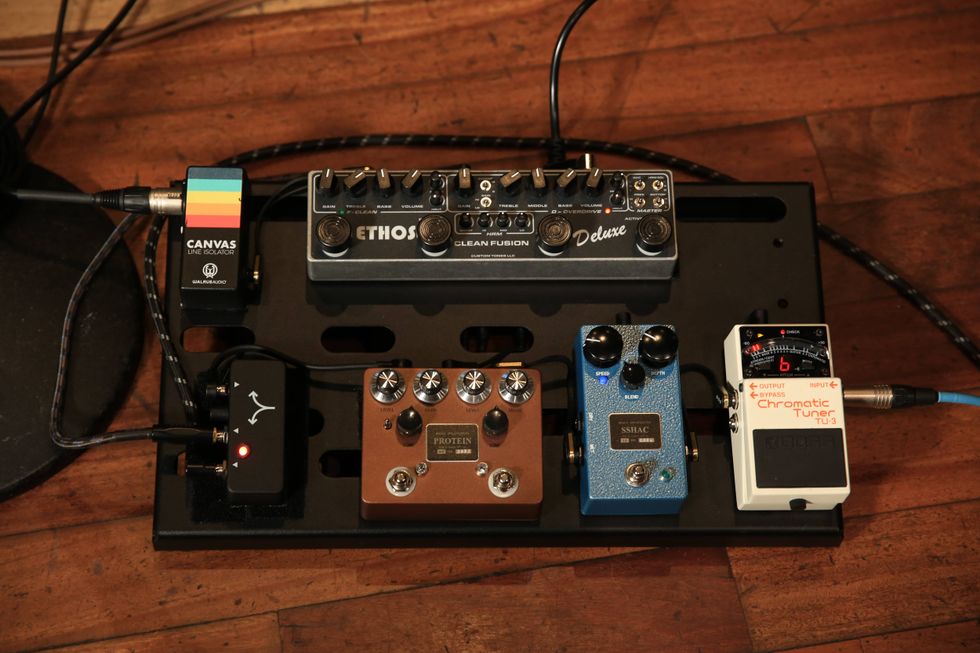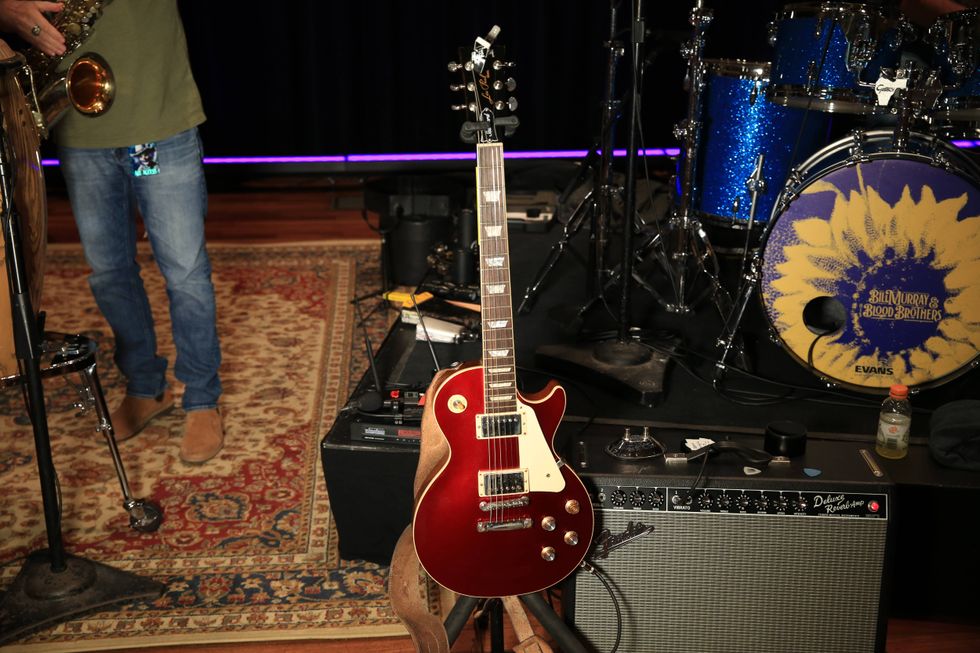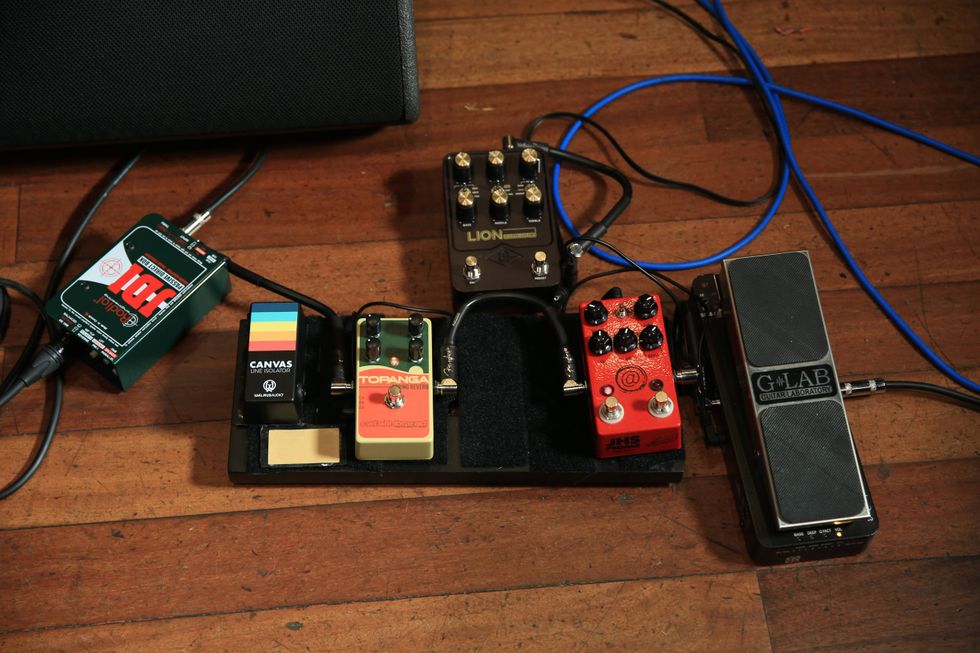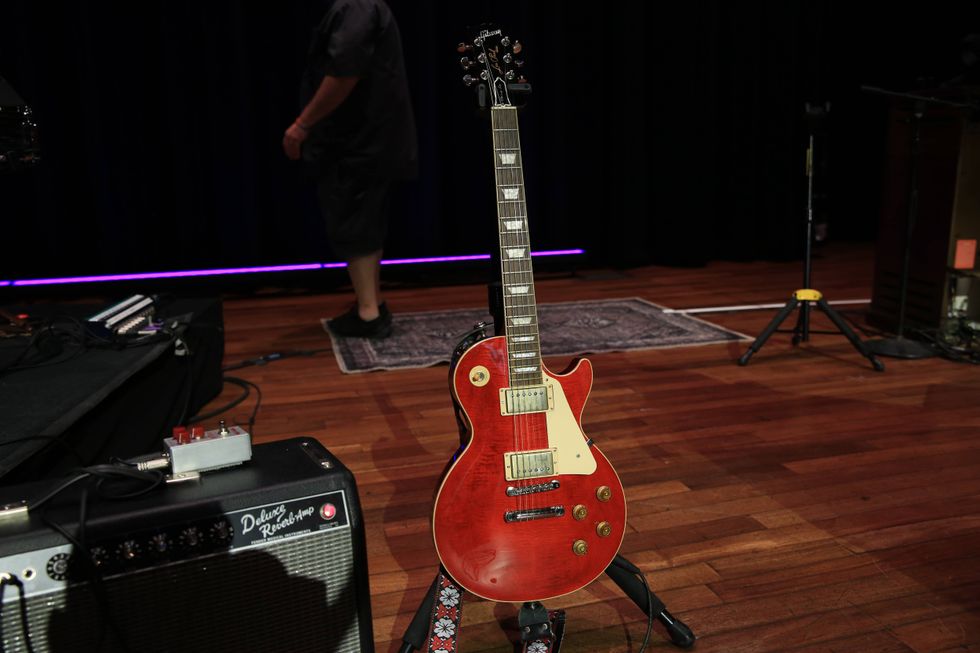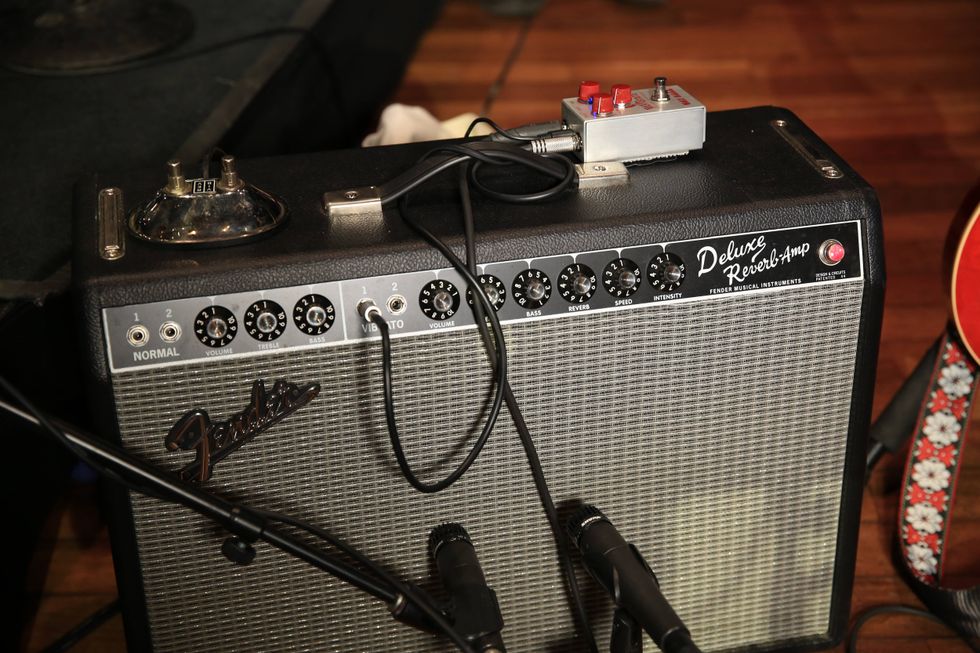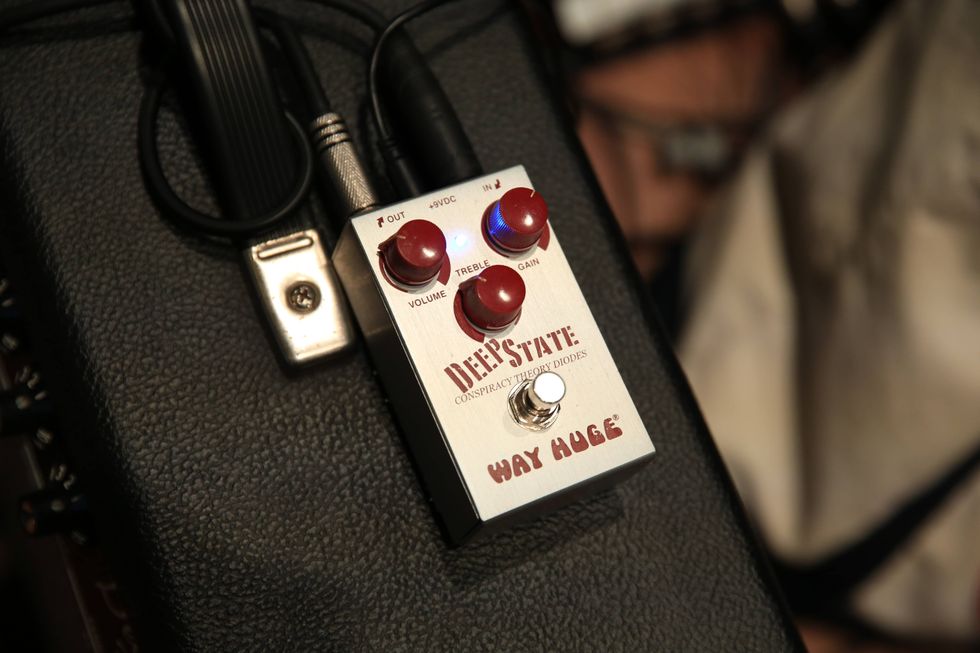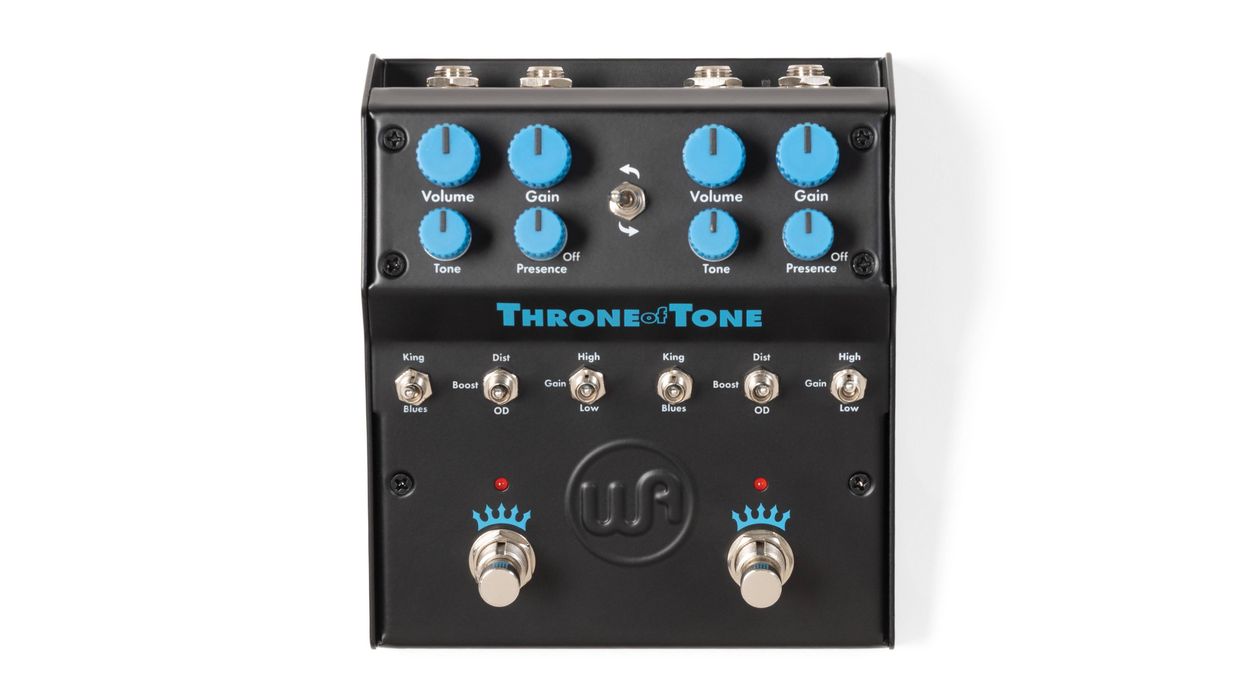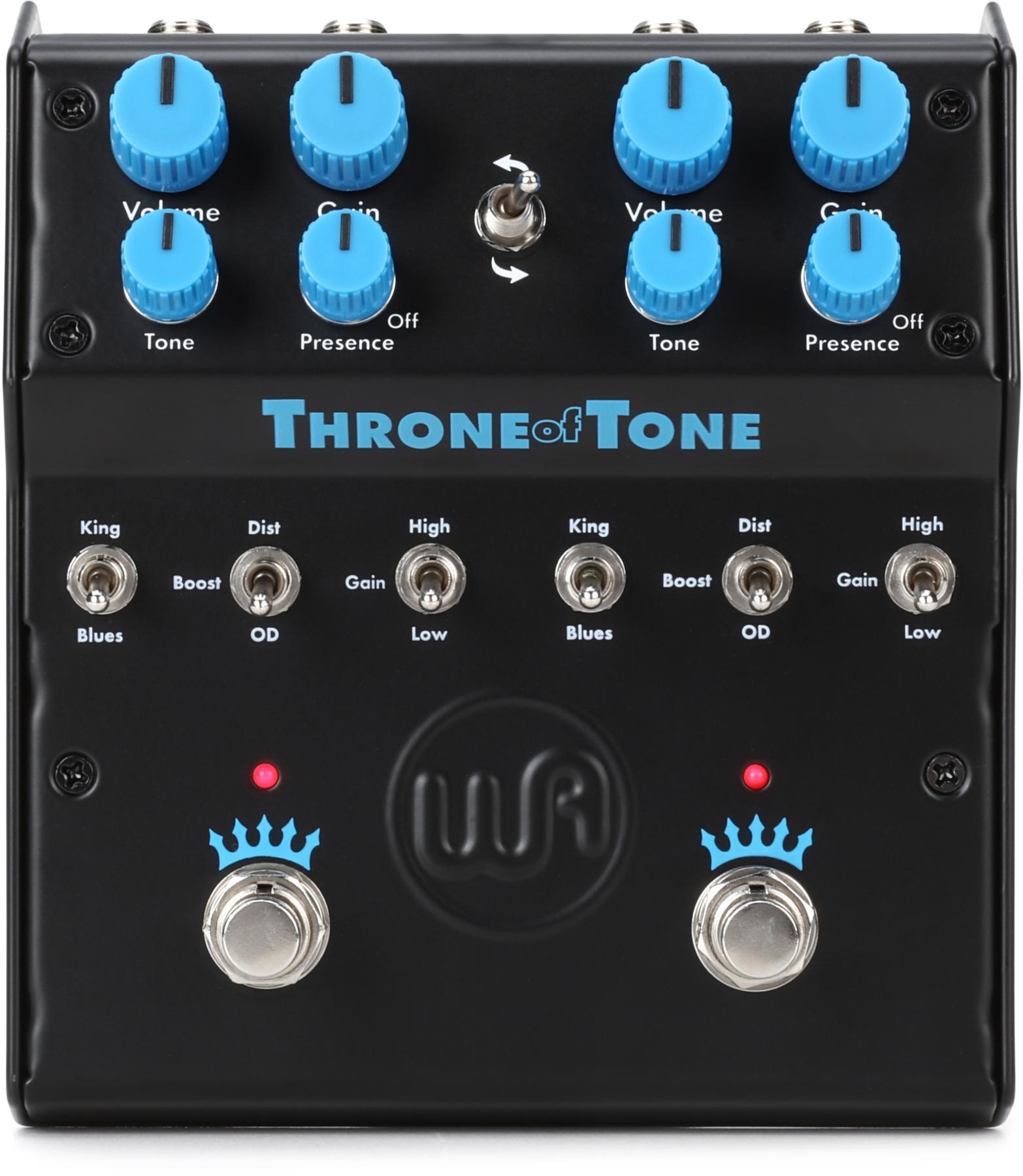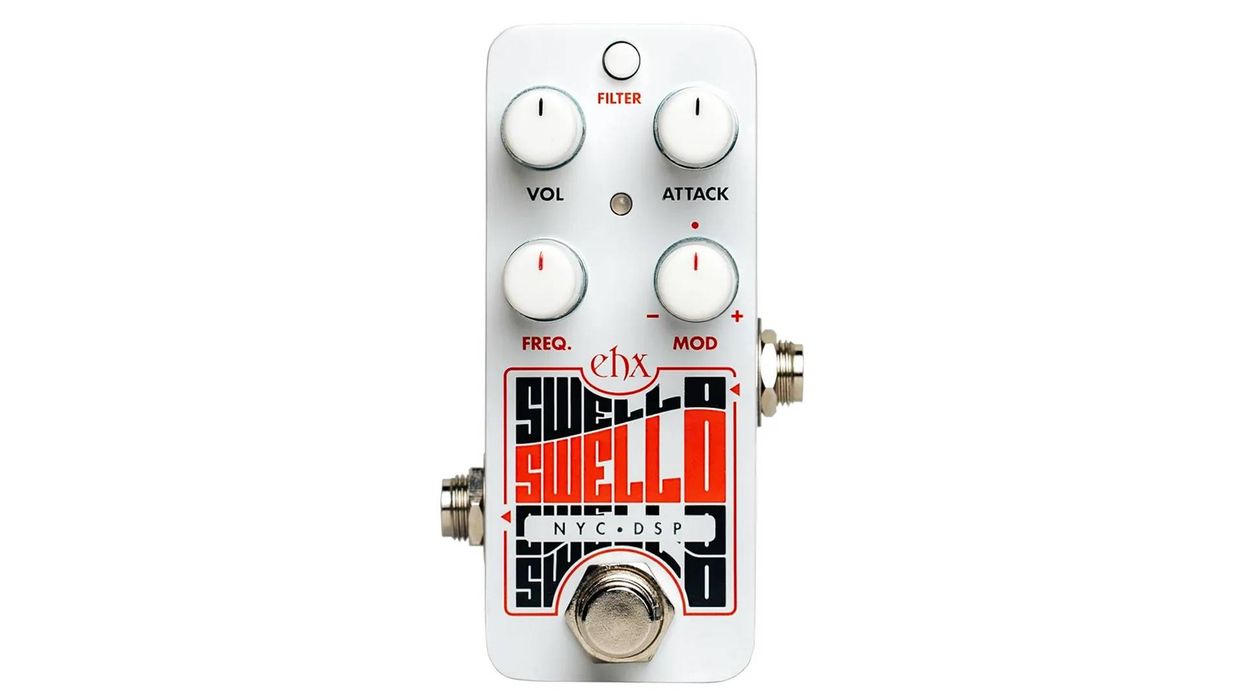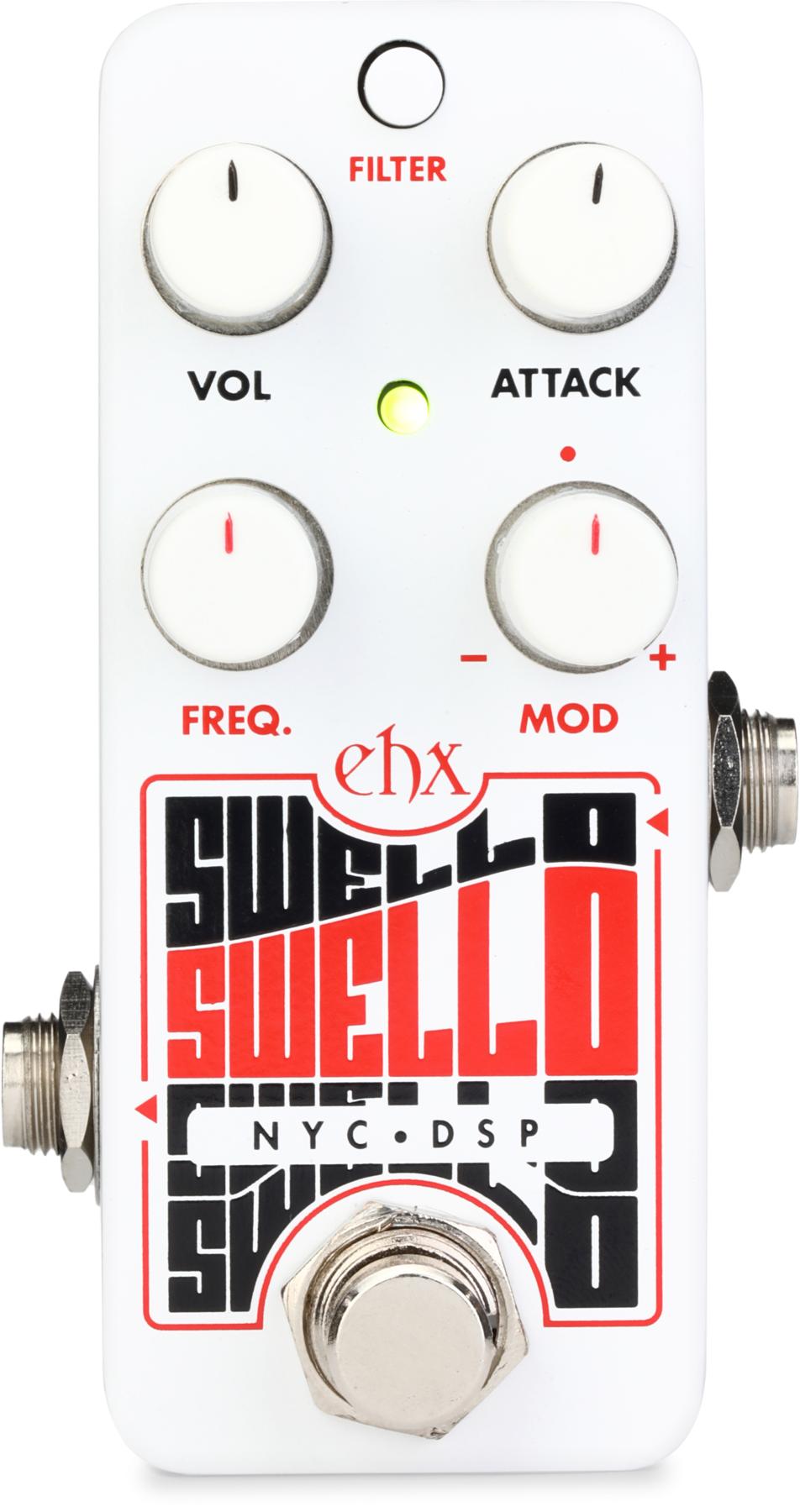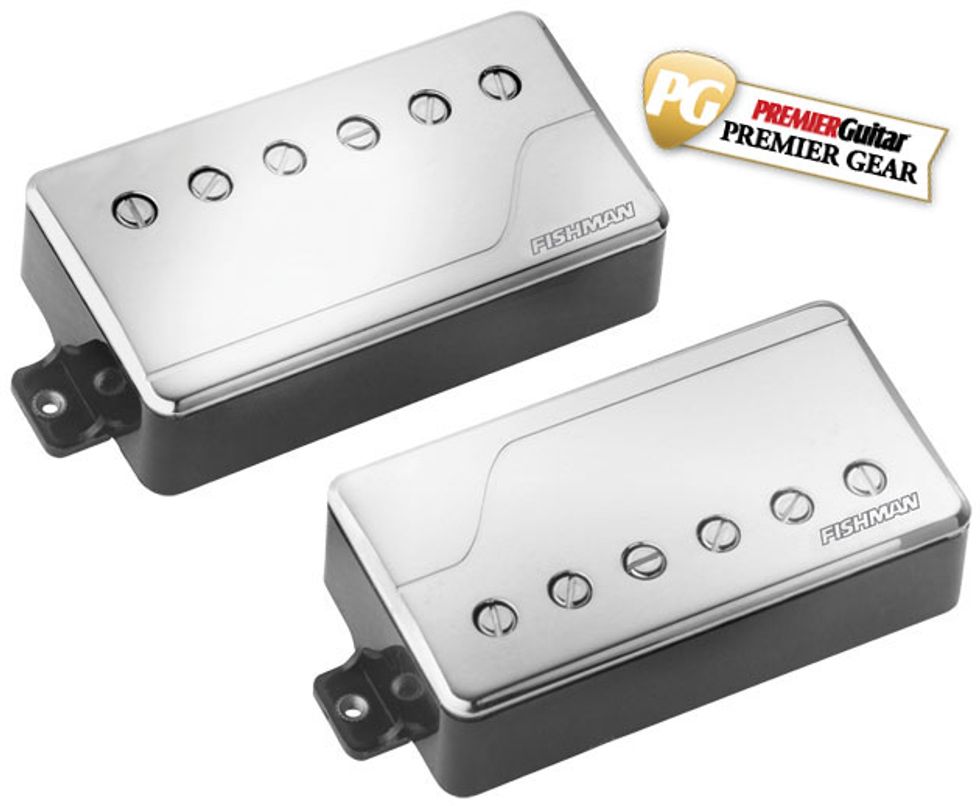
With a couple of notable exceptions, new electric-guitar pickup technology tends to not fare well in the marketplace. Sometimes it’s because the new designs seem more for engineering’s sake than sound’s. But most often it’s because guitarists are addicted to classic tones achieved using World War II-era technology. “If it ain’t broken, don’t fix it,” is our basic MO. Heck, even many radical experimentalists prefer vintage pickups as starting points for their aural anarchy.
So why did revered acoustic pickup and amplification guru Larry Fishman venture into this world filled with, as he put it last year, “too much voodoo”? In a nutshell, because he felt the technology behind his Fluence pickups could yield impeccable 20th-century tones and bring something new to the table. Here we’re testing that premise with a set of Fluence Classic Humbuckers installed in a 2014 Gibson Les Paul Traditional Pro.
But First, a Bit of Minutiae
Manufacturers big and small use terms like “vintage,” “classic,” and “old school” to describe their pickups’ sonic characteristics. But these descriptors are tricky, and subjective. There are simply too many variables at play in a vintage setup to predict exactly what tones will emerge: Even if you’re only looking at the electrical circuit of, say, a ’59 Les Paul, variables from materials used, true (vs. labeled) electrical-component values, and pickup-winding approaches can result in very different-sounding instruments from one ’59 to another.
For those looking to imbue their own instrument with vintage tones, Fishman proffers a route that’s theoretically more consistent and repeatable from pickup set to pickup set. They started by painstakingly measuring the complex tonal, electrical, and magnetic-field data from select vintage pickups and identifying parameters that seemed most definitively “classic.” Then they created pickups around those parameters using two 48-layer coils printed on stacks of thin circuit boards. It’s 9V-powered aerospace technology that virtually eliminates unpredictable electrical variances while offering added flexibility and reducing noise that’s characteristic of many vintage designs.
Confession Time
I’ll admit to some skepticism when I first heard about Fluence pickups. Though they’re not digital, my kneejerk reaction was to think of experiences with amp-, effect-, and instrument-modeling devices that left me wanting for the real thing. But I became intrigued when I ran into Larry Fishman at Musikmesse this year. Larry is an accomplished player of upright bass who proved his mettle in acoustic gear ages ago. And based on his company’s history few would expect him to rave about how the best old PAFs (the “patent-applied-for” humbuckers in the earliest Les Pauls) are very single-coil like in their ability to transfer nuance. As a single-coil fan precisely because so many humbuckers mask dynamic subtleties, I thought, “Okay, I gotta try these.”
So, How Fluent Are They?
Fluence Classics have two voice modes that are selectable via push-pull tone knobs. Mode 1 (push-pull pots down) is vintage PAF-style. In the bridge position, this voice delivered incredible note detail through my Jaguar HC50 and Goodsell Valpreaux 21 amps. Moderate overdrive and medium pick attack yielded crunchy, harmonically complex classic rock with nice note separation and that wonderfully open, slightly microphonic (in a wonderful way) sound that so many great PAFs have. It reminded me a lot of Seymour Duncan’s Seth Lover humbuckers.
Ratings
Pros:
Delicious vintage and hot-rod tones whether played clean or dirty. Fantastic sensitivity to nuanced attack.
Cons:
Visual aesthetics seem odd match for elegant tones and vintage-minded audience. Requires extra space and money for 9V power.
Tones:
Versatility:
Build/Design:
Value:
Street:
$249
Fishman Fluence Classic Humbucker Set
fishman.com
But that’s just the tip of the iceberg: With the same amp sound, a rabid picking attack yielded blazing tones perfect for hardcore. When I got more precise and added palm muting, I got darn near spot-on EVH rhythm tones. The real deal sealer for me, though, was the fact that you can ease up on your attack—without switching channels, disengaging a dirt pedal, or even lowering your volume knob—and get crystalline cleans that sound beautiful for anything from Edge-style delay romps to quasi-country twang. The bridge pickup’s “classic hot rod” mode offers similar tonalities, but with a hotter signal driving more harmonics and making it a cinch to ride singing leads for days, even without much gain from your amp.
PAF mode in the neck and middle positions offers even more vintage-y goodness. Soloed, the front pickup is fat and gritty, but still very detailed—perfect for Allmans jams or Gary Moore-like blues—and the middle position yields everything from Houses of the Holy-era Zep tones to soulful R&B and jazzy feels.
Fishman describes the neck unit’s alternate voicing as “clear, airy chime,” though to my ears it sounds like the mids have been scooped out to provide a more solid and focused fundamental note. It’s my least favorite Fluence sound, though I was extremely impressed with how dynamically both neck modes reacted to fuzz pedals, going from gruesomely spitty to tame and octave-y, depending on knob settings.
The Verdict
Sure, the need for onboard power for Fishman Fluence Classic ’buckers is a bit of a bummer—even if you’ve got an extra $100 to invest in the optional USB-rechargeable battery built into a rear control-cavity cover. And considering how much was put into developing their sounds—not to mention how finicky the target demographic can be about vintage sonic and visual vibes—it’s somewhat surprising that the Classics don’t have a more traditional or high-end look. That said, you can color this skeptic convinced: Fluence Classic Humbuckers serve up authentic PAF-style tones that are a compelling alternative to highly esteemed traditional competitors. What’s more, they offer extra tonal options that effectively turn them into a second set of pickups, all while remaining straightforward and easy to use.

